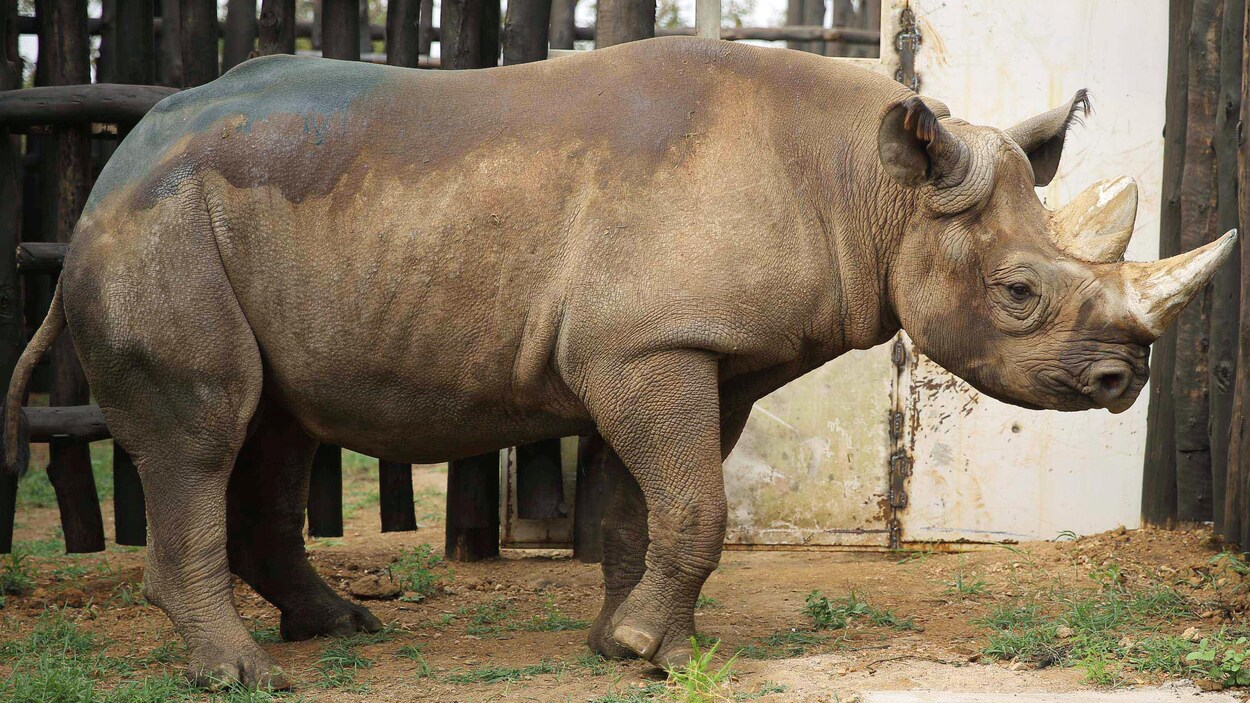

), and the Sumatran rhino ( Dicerorhinus sumatrensis spp.). What’s in a Name?Įxtant rhinoceros genera can be divided into three categories: the two African species Black rhinos ( Diceros spp.) and White rhinos ( Ceratotherium spp.), Indian and Javan rhinoceros ( Rhinoceros spp. In fact, they are made of Keratin, the same protein material that your hair and fingernails are made of. However, these horns have little therapeutic effect. In fact, rhino horns are as valuable as gold in these marketplaces. Rhinoceros horns are traded on the black market for use in some traditional medicines. Besides widespread habitat destruction, humans have hunted and illegally poached many species to extinction or to the very brink of it. In reality, humans are the largest threat to rhinoceros. The broad lips of the African White rhinoceros help it to graze effectively Adults have few natural predators, although large animals such as crocodiles and lions pose a threat to their young. These groups generally consist of females and their young, born one at a time after up to an 18-month pregnancy. Rhinoceros generally spend their time alone, forming small groups at times. For this more fibrous food, these species have retained their front teeth.

In contrast, the Javan rhino, which spends much of its time in the forests and swamps of southeast Asia, will consume various small trees, shrubs, and fruits found in this habitat. It lacks teeth and simply plucks its food using its large, strong lips. The White rhino, which spends most of its time in African grasslands, subsisting mostly on grasses. Rhinos are herbivorous, with their diets varying depending on the species and its habitat. For example, the male White rhino ( Ceratotherium simum) can weigh up to five tons. They are among the largest terrestrial animals in the world. They boast distinct large horns on their noses and a thick skin formed of layers of collagen. Rhinoceros, commonly abbreviated as “rhino”, is a large, armored ungulate native to Africa and Southern Asia. Humans, wild cats, crocodiles, African wild dogs, hyenas

Ceratotherium, Dicerorhinus, Diceros, Rhinoceros, Coelodonta (extinct), Stephanorhinus (extinct), Elasmotherium (extinct)


 0 kommentar(er)
0 kommentar(er)
